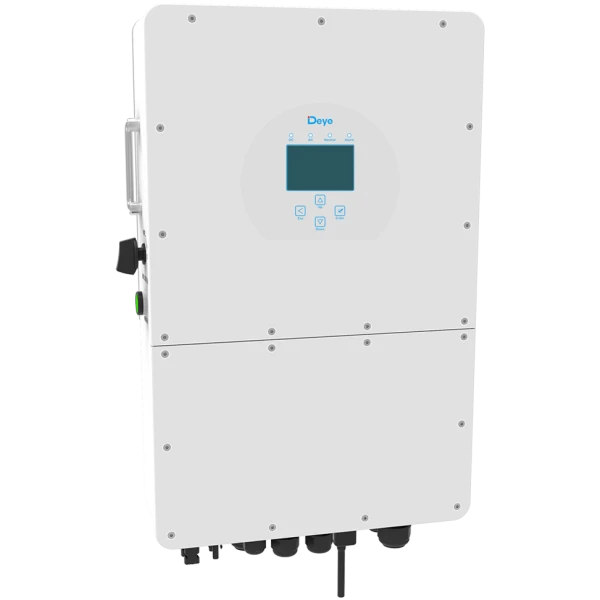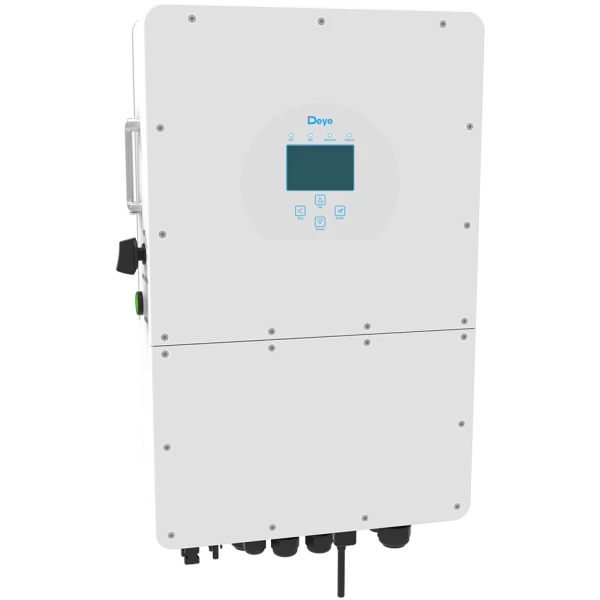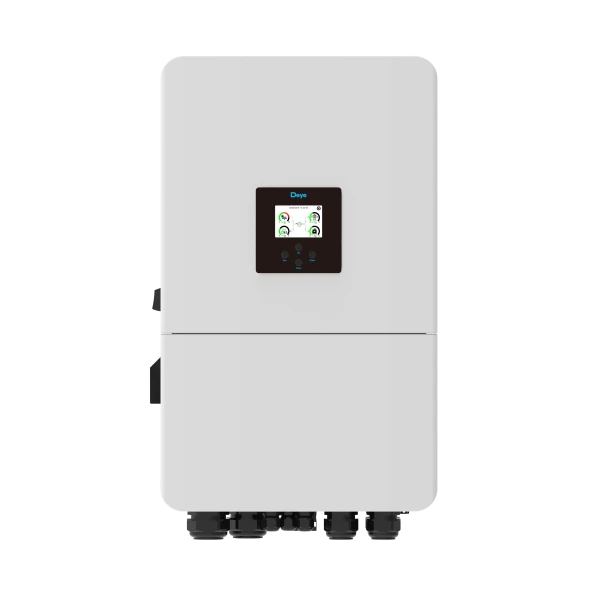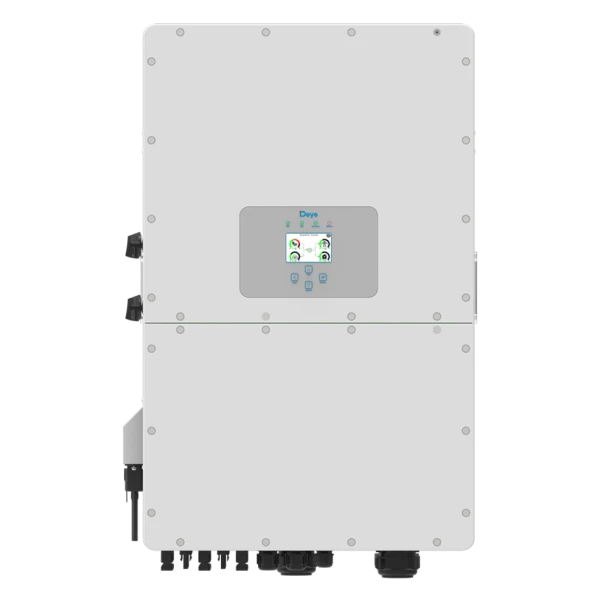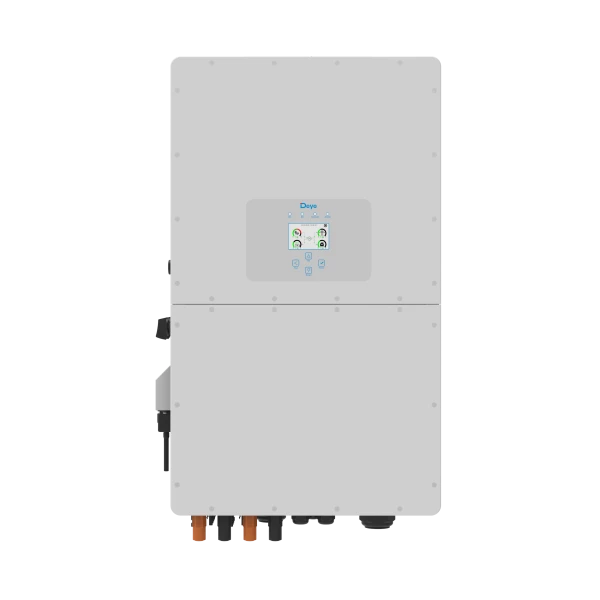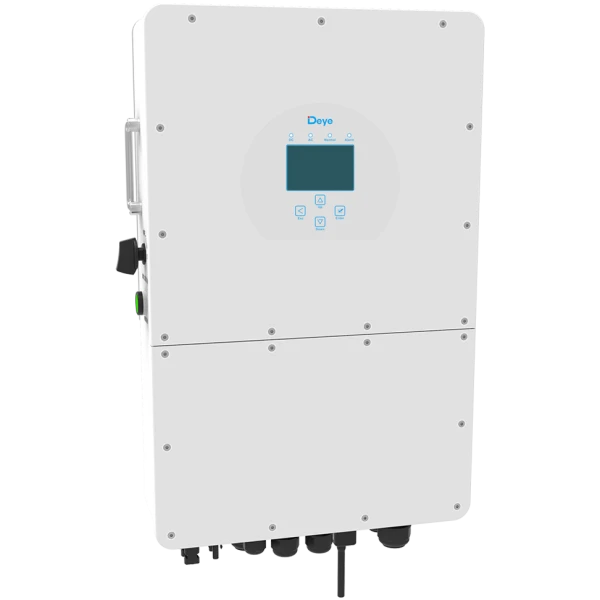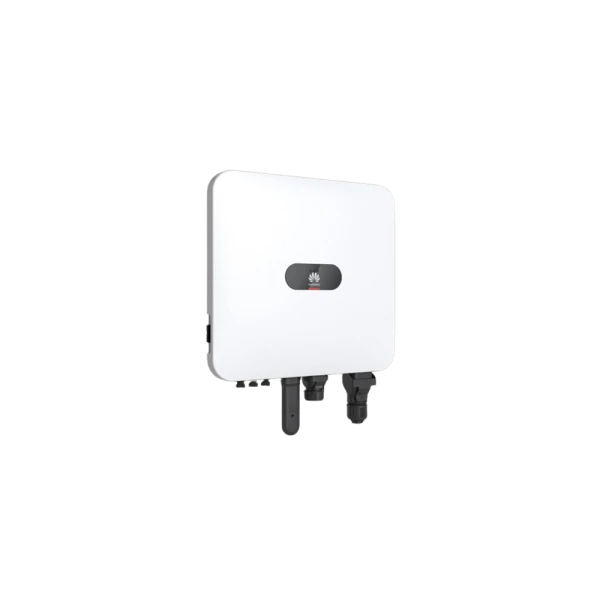Asymmetric inverters
Since the introduction of the gross settlement system, asymmetric inverter types have become particularly valuable technology!
We are living in a new era of solar energy utilization – the new net metering rules have radically changed not only the logic of system design, but also the return on investment calculations. Investing in a modern hybrid inverter now is not only a smart decision, but also a long-term plan.
A particular advantage of asymmetric inverters is that they enable flexible distribution of the power to each phase. This not only allows for more efficient energy consumption, but also plays a key role in optimizing new gross systems – especially if you are working with single-phase or three-phase consumption.
A modern Deye hybrid inverter not only operates with high efficiency, but also has reliable energy management functions – whether for domestic storage, stable operation of industrial-scale systems, or coordinated management of solar storage batteries and solar optimizers. With a power range of 10–60 kW, everyone will find the optimal solution for their needs, which also works seamlessly with storage systems.
Don't miss this opportunity! Choose from our range of asymmetric inverters in stock and adapt your solar system to the latest legal and technical requirements – without unnecessary compromises. Register now and check out our prices!
As a reseller, installer or wholesale partner, register with our B2B webshop at before purchasing your first inverter! Once your registration has been confirmed, you will be able to access our B2B webshop, where you will always find up-to-date information on prices, stock and current discounts. Once you have logged in to the webshop, you can purchase inverters and place online orders quickly and easily.
Do you have any questions about our products?
As a B2B partner, please contact your designated sales representative, where our colleagues will be happy to assist you and answer any questions you may have about the selected inverter.
You can also find a lot of useful information in the following frequently asked questions and answers:
What is the difference between a symmetrical and an asymmetrical inverter?
A symmetrical inverter distributes the total power evenly across the three phases — for example, a 6 kW inverter supplies 2 kW to each of the three phases. This is simple and stable, but if consumption is uneven, one phase may produce more power than the others, resulting in a net loss for the year and a financial loss due to gross settlement.
In contrast, an asymmetrical inverter is capable of independently distributing power per phase according to current consumption. This minimizes parallel feed-in and draw-off, which is advantageous from both a financial and technical point of view.
Why is an asymmetrical inverter, such as those from Huawei, recommended in Hungary today?
In Hungary's gross settlement system, the service provider purchases the fed-in electricity from the grid at a much lower price. Asymmetric inverters solve this problem by only feeding back as much electricity per phase as is not used there, thus optimizing the system's efficiency.
Huawei's asymmetric inverters feature modern energy management and multiple MPPT input points. This allows them to handle non-homogeneous roof surfaces well and optimize self-consumption, especially in systems with panels of different orientations or shaded surfaces.
How does the asymmetric inverter increase self-consumption?
The phase-level operation of the asymmetric inverter allows each phase to meet its current energy demand, thus maximizing the energy used locally by the solar panels. This reduces grid consumption and minimizes the amount of excess energy that would be fed back into the grid.
If consumption is higher on even a single phase (e.g., air conditioning, boiler, battery charging), the asymmetric inverter directs more energy to that phase. This effectively increases the self-consumption ratio, which is also more favorable financially in terms of gross settlement.
What happens if consumption is very uneven between phases?
With a symmetrical inverter, even if consumption varies, the same amount of current is supplied to all phases — this leads to excess supply and short supply on other phases, resulting in a net loss in gross billing.
An asymmetrical inverter, on the other hand, is able to adapt to the current situation: it supplies more energy where demand is higher and only feeds back into the grid where there is no consumption. This dynamic reduces or eliminates parallel consumption and feed-in, thereby improving the economic return.
For what types of consumption is the Huawei asymmetric inverter particularly effective?
It is particularly effective for loads that are carried on one or two phases, such as air conditioners, electric car chargers, boilers, or heat pumps. These are typically not distributed proportionally across the phases. The asymmetric inverter can respond to these peak demands and distribute the power proportionally, thus using more than if a symmetric inverter were used.
Is the installation of an asymmetrical hybrid inverter more complex than that of a conventional inverter?
Yes, it is generally more complex. Asymmetric hybrid inverters require more accurate phase monitoring and intelligent energy management. They often require integrated communication connections (e.g., Smart meter, Modbus) in order to maintain real-time phase distribution.
During installation, the technician must set up the device for each phase, configure the energy priorities (e.g., own consumption first, battery charging second), and check the correct settings on the Huawei Fusion Solar portal or mobile app. Although this requires more preparation and expertise, the savings benefits make the extra work worthwhile.
SOLARKIT reviews and recommendations for the most efficient operation of your solar system
The category of asymmetric inverters is a perfect example of how a modern solar power system can be optimized for the current regulatory and consumption environment. The solutions offered by SOLARKIT, especially hybrid inverters with flexible phase management, enable solar power systems to operate with outstanding efficiency while adapting to fluctuating energy consumption and the gross settlement system.
Technological reliability, compliance with current market requirements and professional support during system integration guarantee that installers, distributors and end users can work with competitive, cost-effective solutions in the long term. SOLARKIT aims to provide not only the product, but also comprehensive professional support to achieve this.
